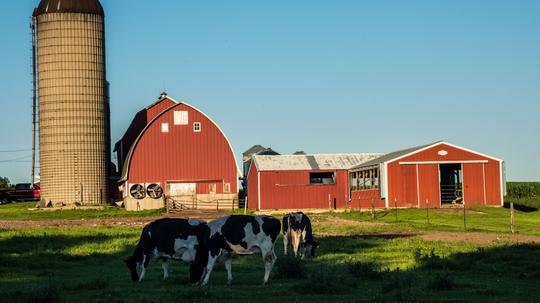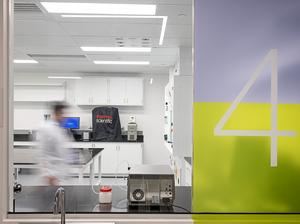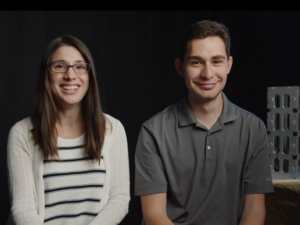
"Spectroscopy" is defined as, "the study of the interaction between matter and electromagnetic radiation." Simply put, spectroscopy - as we understand it today, is the study of visible light dispersed according to its wavelength, by a prism.
Where can this be used? Typically, scientists use spectroscopy to study atoms and molecules; astronomers use it for remote sensing of the Earth's surface. But MIT-startup Labby Inc. has found an unusual application: testing the quality of milk and wine.
In quality control, it works like this: Spectroscopic analyzers send a beam of light through a material - in this case, milk or wine. The light interacts with the liquid and sends signals to a receiver, which compares it to a precalibrated reference sample for testing quality.
This method isn't new; it's widely used in food packaging and manufacturing. What Labby is trying to do is take this technology to the dairy farms or vineyards that appear early in the supply chain.
"There was a gap and too much reliance on a third-party service to test quality," said Labby CEO Anshuman Das. "This will help test milk quality at farm level and reduce the reliance on third-party services."
Testing the quality of milk in bulk based on certain factors, such as the measure of fat, protein and somatic cell count. These results indicate the bacteria present in the milk, which is the main indicator of milk quality. Somatic cell counts are transferred from cow’s udder to milk and need to be under a certain threshold to pass quality control. Currently, these tests are done approximately every six weeks.
Labby looks to simplify this process with its pocket testing device, allowing farms to check somatic cell count against a precalibrated sample. If the device catches a high somatic cell count, it sends an alert to the veterinarian. Eventually, the company wants to integrate this technology into the milking machine in the product's second iteration.
In terms of technology, Das claimed that Labby is different in that it uses ultraviolet light for testing purposes, instead of the infrared, which is typical in these cases.
"Even though people prefer infrared, but the detection is very expensive. There is richer information in infrared but it’s not feasible," Das said.
Instead, Labby is using data analytics to extract more information it receives with UV testing. The two-year-old startup is working on a pilot with a research farm in New Hampshire.
"Even small farms are adopting robotic machinery," Das said. "Even though the initial costs are higher, it pays off in the long run."








